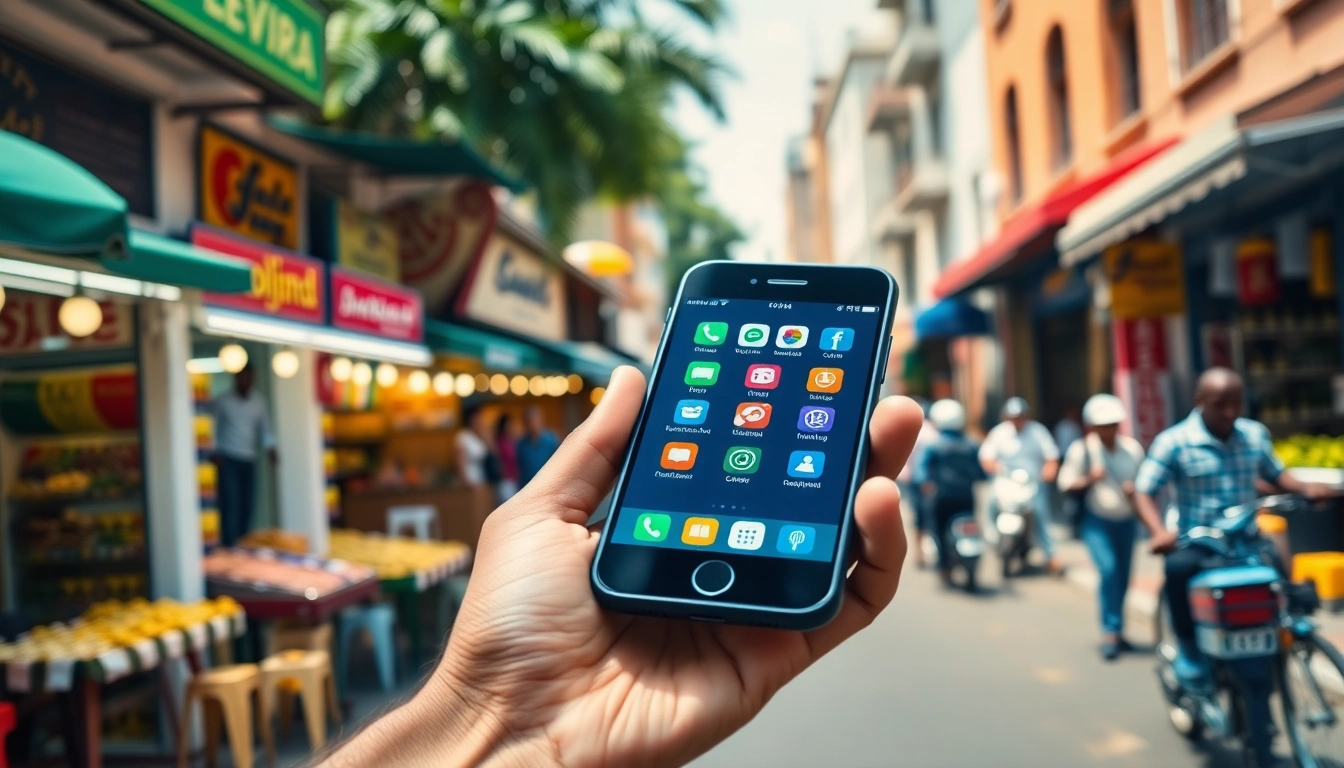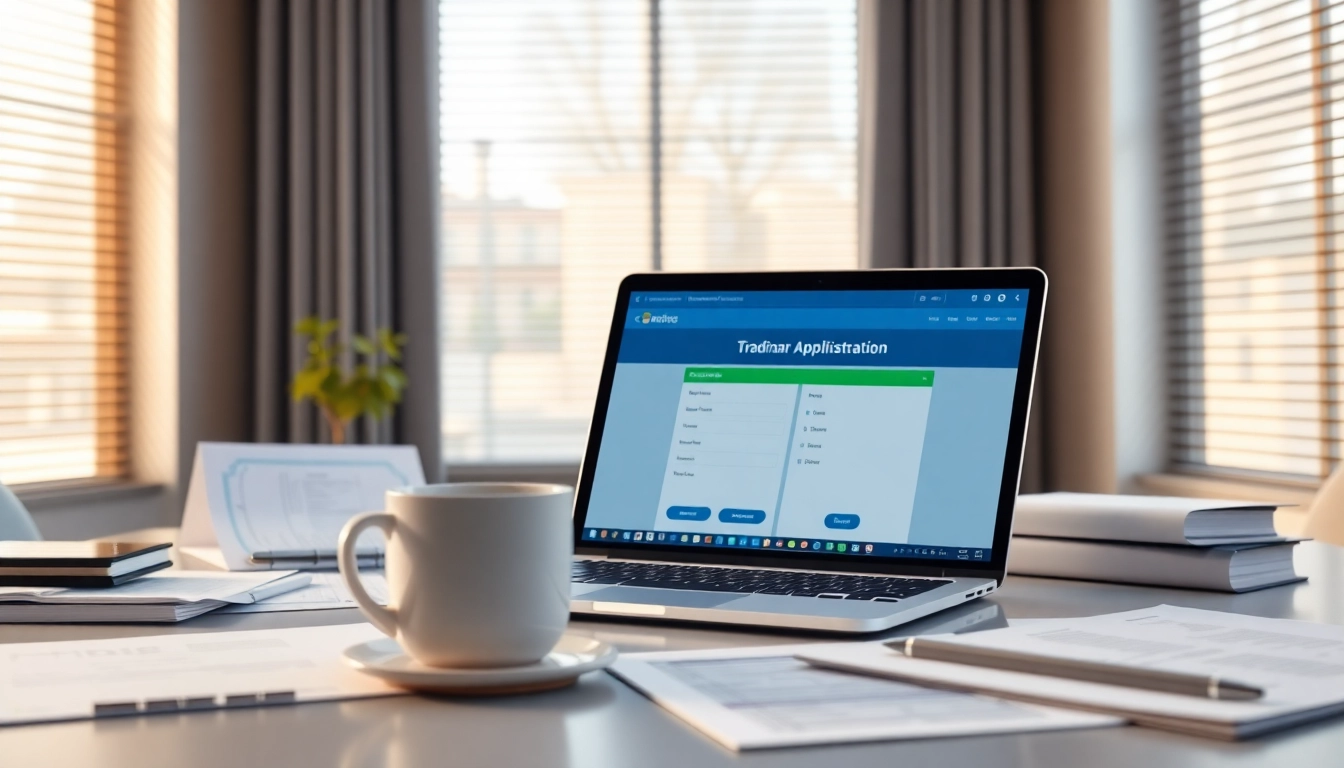The Rise of Delivery Apps in Lagos
The bustling city of Lagos, known for its vibrant culture and dynamic lifestyle, has seen a remarkable shift in its delivery landscape over the last few years. With the rapid rise of delivery apps in Lagos, urban convenience has reached unprecedented levels. These apps are transforming the way residents access goods and services, making it easier than ever to order everything from food to groceries at the touch of a button. This article explores the key aspects of this transformation, including an understanding of the delivery landscape, key players in the market, and user preferences that are driving trends in the industry.
1. Understanding the Delivery Landscape
Lagos, with its over 20 million inhabitants, presents unique challenges and opportunities for delivery services. The city’s extensive road network, characterized by heavy traffic congestion and poor infrastructure in some areas, significantly impacts delivery times and logistics. However, the increasing smartphone penetration and the advent of affordable mobile internet have created a perfect storm for the growth of delivery apps.
The COVID-19 pandemic accelerated this growth even further, as lockdown measures prompted many consumers to turn to online services for their daily needs. Consequently, delivery apps have become an integral part of everyday life in Lagos, providing solutions not only for convenience but also for safety. Understanding these dynamics is essential for businesses looking to enter or expand within this market.
2. Key Players Shaping the Market
The delivery app market in Lagos is competitive, with several key players making significant inroads. Companies like Jumia Food, Uber Eats, and Glovo have established a strong presence, each offering distinctive features and services. Jumia Food, for example, is notable for its extensive restaurant partnerships, providing users with a wide variety of dining options. On the other hand, Uber Eats integrates with the company’s ride-hailing service, making it easy for users already familiar with the Uber platform to order food smoothly.
Emerging local startups are also challenging established brands by catering specifically to Lagosians. Brands like Konga and Travo are focused on delivering a curated selection of local goods, often at competitive prices. Understanding the strategies employed by these players can offer valuable insights into how to differentiate services in this crowded market.
3. User Preferences and Trends
User preferences in Lagos are increasingly leaning towards convenience, variety, and reliability. Consumers are looking for platforms that not only provide a broad range of products but also offer seamless user experiences. Features such as one-click ordering, scheduled deliveries, and the ability to track orders in real-time have become more important than ever.
Moreover, there is a growing trend toward sustainability, with users showing preference for apps that prioritize eco-friendly practices. This has prompted some delivery services to explore options like using electric bikes and encouraging sustainable packaging solutions. Additionally, the taste for local cuisine has surged, leading many food delivery apps to feature local restaurants prominently on their platforms, reflecting the cultural palate of Lagosians.
Features to Look for in Delivery Apps
1. User-Friendly Interfaces
In a city as dynamic as Lagos, user interface design plays a crucial role in a delivery app’s success. A clean, intuitive interface significantly enhances the user experience, allowing customers to navigate quickly between categories and options. Importance should be placed on minimizing loading times and ensuring that the app functions smoothly, especially on devices with varying specifications. Customer engagement is oftentimes dictated by how easy it is for users to interact with the app.
Accessibility features, such as multi-language support, can also help broaden user demographics, ensuring that people from diverse backgrounds can comfortably use the service. Considering the tech-savvy millennial population in Lagos, apps should also prioritize responsiveness and aesthetics, aligning with modern design trends that appeal to this age group.
2. Diverse Product Offerings
The breadth of product offerings is another critical feature for delivery apps in Lagos. Users often seek platforms that provide more than just meal deliveries. Many prefer apps that offer groceries, electronics, and essentials in one spot. This diversity encourages users to rely on a single app for multiple needs, enhancing customer loyalty.
Incorporating local vendors and specialty shops can also set an app apart, catering to the diverse tastes and preferences of Lagosians. Platforms that partner with local artisans, farmers, and markets can attract more users looking to support small businesses while enjoying unique products that reflect the local culture.
3. Real-Time Tracking Capabilities
Real-time tracking features are now essential in the delivery app ecosystem. Consumers value transparency and reliability, and knowing exactly when to expect their orders builds trust in the service. Advanced tracking capabilities not only improve the user experience but also allow the delivery personnel to optimize their routes and make delivery windows more precise.
Integrating GPS and mapping technologies enhances the accuracy of estimated delivery times, thus reducing customer anxiety related to waiting. Besides providing updates about the delivery status, apps can also implement push notifications to keep users informed about changes, ensuring clarity and comfort throughout the delivery process.
Comparing Popular Delivery Apps in Lagos
1. Service Speed and Reliability
When assessing the delivery landscape in Lagos, speed and reliability are paramount. Each delivery app varies in the efficiency of its delivery network, which is often influenced by the partnerships established with restaurants and stores, as well as the logistics team in place. For instance, Jumia Food is known for its expansive network of restaurant partners that enables quick access to meal deliveries during peak hours.
On the other hand, Uber Eats boasts a distinctive algorithm that optimizes delivery routes based on real-time traffic data, potentially leading to faster service times. Comparing these operational models can provide insights into how small adjustments can drastically impact service efficiency.
2. Pricing Structures and Promotions
Pricing is always a crucial factor in consumer decision-making. In the competitive landscape of delivery apps, understanding different pricing structures is essential for gaining market share. Many users in Lagos are cost-sensitive, and apps that implement competitive pricing strategies or offer regular discounts and promotions tend to see higher user retention rates.
Promotions around public holidays, special events, or loyalty programs can be effective strategies for keeping users engaged. Delivery apps that effectively communicate these offers and consistently provide value for money tend to outperform their competitors. Therefore, a careful analysis of pricing models and promotional strategies provides a blueprint for success in this market.
3. Customer Service Experience
Customer service often makes or breaks a consumer’s experience with a delivery app. Prompt resolution of issues, availability of support through various channels (chat, email, phone), and proactive engagement can create a positive user experience that translates into brand loyalty.
Apps that train their customer support teams to handle common issues effectively are more likely to maintain a positive public image. Additionally, soliciting user feedback to continuously improve customer service experiences can be instrumental in enhancing overall user satisfaction.
Challenges Facing Delivery Services
1. Navigating Traffic and Logistics
The chaotic traffic congestion in Lagos poses a significant challenge for delivery services. Delivering goods on time can sometimes be more of a challenge than the app’s logistical capabilities; it often boils down to managing traffic conditions. Apps must factor in time adjustments to account for potential delays.
Innovative routing and scheduling algorithms can be implemented to help couriers avoid the worst traffic, thus improving efficiency. Real-time traffic updates should also be factored into delivery estimates regularly to provide users accurate timelines.
2. Handling Customer Service Issues
As with any service-oriented business, the potential for customer service issues is a reality. Delivery apps must create robust systems for addressing complaints and queries promptly. Often, these platforms face challenges like incomplete orders, wrong deliveries, or late shipments. Having a proactive customer service strategy can mitigate such issues before they become public relations nightmares.
Moreover, effective documentation and analysis of recurring issues can help in addressing root causes and developing solutions. Regularly updating the app based on user feedback will further enhance customer relations and mitigate possible dissatisfaction.
3. Adapting to Market Changes
The delivery landscape is continually evolving, driven by technology advances and shifts in consumer behavior. For delivery services to remain competitive, they must stay ahead of these changes. Adaptation could require altering features, refining marketing strategies, or even expanding service offerings to meet emerging consumer demands.
Consumer preferences, economic conditions, and technological innovations will always impact market dynamics. Thus, remaining flexible and responsive will equip delivery apps to better navigate these changes, ensuring sustainability and growth.
The Future of Delivery Apps in Lagos
1. Technological Innovations Ahead
The future of delivery apps in Lagos is likely to be dominated by technological innovation. Artificial intelligence (AI) and machine learning (ML) can help delivery services optimize logistics, predict customer preferences, and improve the overall efficiency of the ordering and delivery process.
Moreover, developments in drone delivery and automated delivery vehicles could revolutionize the way goods are transported in the near future. Delivery apps that embrace these technologies could maintain a competitive edge, ultimately ensuring faster, more efficient service.
2. Expansion of Services and Accessibility
In the coming years, we can expect a broader expansion of services provided by delivery apps. Not only should we anticipate increases in delivery categories, such as delivery from pharmacies or even personal shopping services, but we may also see enhancements in service accessibility for those in underserved areas of Lagos. This could involve strategic partnerships with local businesses in less central locations, thus broadening the delivery reach.
New marketing strategies might consider inclusivity, encouraging the use of delivery apps among different socio-economic groups and making the services accessible regardless of a user’s neighborhood.
3. Community Impact and Sustainability Practices
The focus on community impact and sustainability practices is increasingly pivotal in shaping the future of delivery apps. Companies that take active steps towards reducing their carbon footprint and engaging in social responsibility initiatives will likely resonate more deeply with their user base. Initiatives such as ecological packaging, support for local farmers, or helping reduce food waste will become more commonplace.
This shift in values means delivery services must position themselves not just as convenience-oriented platforms but also as responsible corporate citizens. Ultimately, embracing sustainability will foster consumer loyalty and contribute to a more environmentally conscious community.



